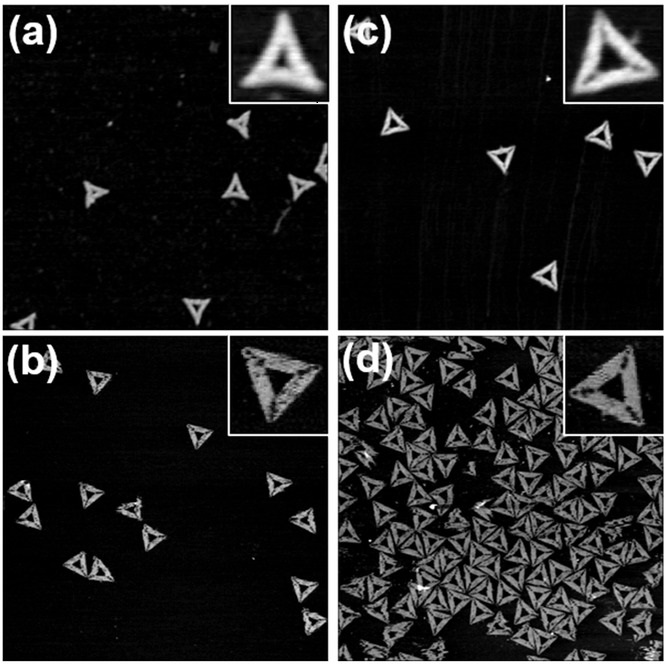Because of the global climate change, energy-saving and sustainable technologies are becoming more and more important. Therefore, the demands on technologies for the conversion, storage and use of renewable energies are constantly growing. *
The building sector plays an important role in terms of energy saving potential. *
In particular, the class of so-called smart windows offers an approach to save energy in the building sector by efficiently regulating incident light. *
Chromogenic thin films are crucial building blocks in smart windows to modulate the flux of visible light and heat radiation into buildings. *
Due to their diversity in composition and structure as well as their superior performance, electrochromism based on thin film transition metal oxides has become increasingly important in the last decade. *
Electrochromic materials such as tungsten oxide are well established in those devices. Sputter deposition offers a well-suited method for the production of such layers, which can also be used on an industrial scale. *
The EC properties of tungsten oxide layers depend on the composition, the crystal structure and the morphology. *
The film characteristics are strongly dependent on the growth technique. *
In the article “Electrochromic switching of tungsten oxide films grown by reactive ion-beam sputter deposition” Mario Gies, Fabian Michel, Christian Lupó, Derck Schlettwein, Martin Becker and Angelika Polity describe how Tungsten oxide thin films were grown by ion-beam sputter deposition (IBSD), a less common sputtering variant. *
They then show the possibility of influencing technologically relevant samples characteristics by using different preparation parameters (e.g., gas mixture or growth temperature). This allows to tune the elemental composition, optical properties or to influence the structure and the degree of crystallization in the resulting thin films. *
The high reproducibility as well as the high purity of IBSD-grown layers render ion-beam sputter deposition a suitable candidate for growth of tungsten oxide and, most likely, other chromogenic materials. *
Scanning electron microscopy (SEM) and atomic force microscopy (AFM) were conducted to analyze the crystallite surface structure.
For the AFM investigations in air NanoWorld® Pointprobe® SEIHR AFM probes designed for soft non-contact mode imaging were used. (typical resonance frequency 130 kHz, typical force constant 15 N/m ). *

AFM images of samples, deposited at room temperature under a moderate O2 flux of 5.15 sccm (g) and under oxygen-poor conditions (h). Compared to the surface of a sample grown at 400 ∘C (i), the surface roughness is significantly smoother. For the full figure please refer to the full article: https://link.springer.com/article/10.1007/s10853-020-05321-y
*Mario Gies, Fabian Michel, Christian Lupó, Derck Schlettwein, Martin Becker and Angelika Polity
Electrochromic switching of tungsten oxide films grown by reactive ion-beam sputter deposition
Journal of Materials Science (2020)
DOI: https://doi.org/10.1007/s10853-020-05321-y
Please follow this external link to read the full article: https://link.springer.com/article/10.1007/s10853-020-05321-y
Open Access : The article “Electrochromic switching of tungsten oxide films grown by reactive ion-beam sputter deposition” by Mario Gies, Fabian Michel, Christian Lupó, Derck Schlettwein, Martin Becker and Angelika Polity is licensed under a Creative Commons Attribution 4.0 International License, which permits use, sharing, adaptation, distribution and reproduction in any medium or format, as long as you give appropriate credit to the original author(s) and the source, provide a link to the Creative Commons license, and indicate if changes were made. The images or other third party material in this article are included in the article’s Creative Commons license, unless indicated otherwise in a credit line to the material. If material is not included in the article’s Creative Commons license and your intended use is not permitted by statutory regulation or exceeds the permitted use, you will need to obtain permission directly from the copyright holder. To view a copy of this license, visit https://creativecommons.org/licenses/by/4.0/.


